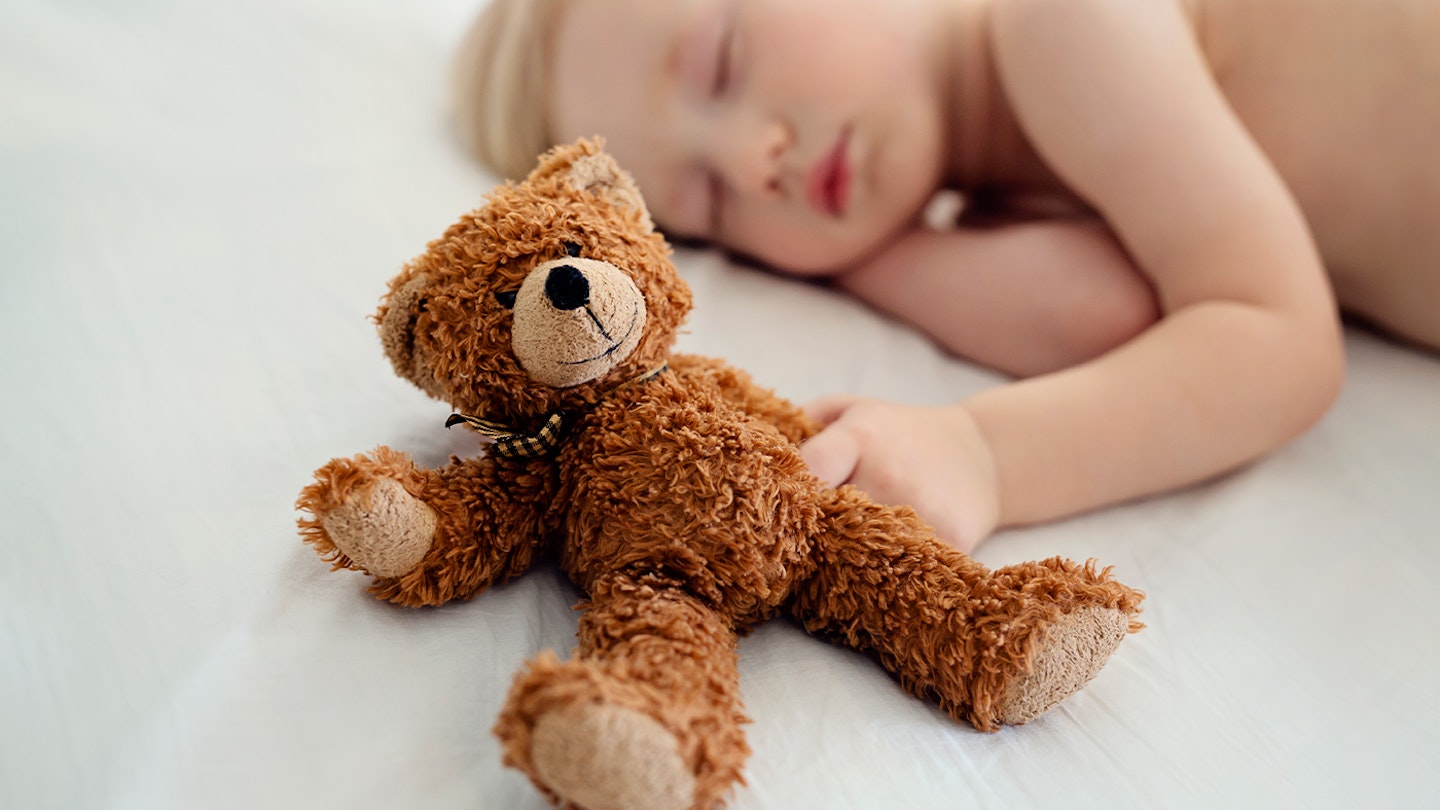Washing their precious favourite teddy that they can't cope without is pressure to say the least. You'll want to guarantee it comes out the wash perfectly intact, which is why you'll want to take extra care when running them through the wash.
But fear not, we've put together a simple guide to help you wash their favourite soft toy safely and return it to them in time for bed time.
How to wash soft toys in the washing machine
Always check the washing instructions on the toy before putting it into the washing machine, and follow the instructions. Many toys can be washed at 40 degrees, but others may need a cooler or more delicate wash.
If they have parts on it which are ripped or falling off, it's a good idea to put soft toys in a pillow case before putting them in the washing machine. Alternatively, you can always hand wash, or put it on a hand wash cycle on the washer if yours has that option.
How to spot clean soft toys
There's no need to run the whole teddy through the wash for a little stain or spillage. If you can, scrape as much of the residue off as you can with a knife, then apply a stain remover to the affected area and leave for a few minutes. Blot as much as you can with a clean white cloth or white kitchen roll before flushing it with cool water.
How to vacuum soft toys
If there's a few crumbs on their soft toy after dinner, or if they've dropped it in some gravel, you can simply vacuum the cuddly toys with a vacuum cleaner or handheld vacuum, using the upholstery setting.
How to tumble dry soft toys
Chances are your little one (and you) will want that teddy back as soon as possible, so it's understandable why you might want to tumble dry your toy so it dries quicker.
Again, you'll want to check the label to see if your toy is tumble dry safe first. Soft toys often take a while to dry, as you'll want to make sure all the insides are dry too before you hand back to baby as if it's still damp, it'll encourage mould to grow.
If you're drying your toy on the line, be sure to hang it by a sturdy part of the toy, maybe both arms instead of just one ear for example. You could also sit the toy on a towel and in a warm spot, next to a radiator, in an airing cupboard or on a heated clothes airer.
If your toy is on the fluffier side, you could also give it a quick blow dry with the hair dryer to give it that fluffy feeling once more.
Popular articles to read next
The best baby washing powders for your baby’s clothes, bedding, and soft toys
